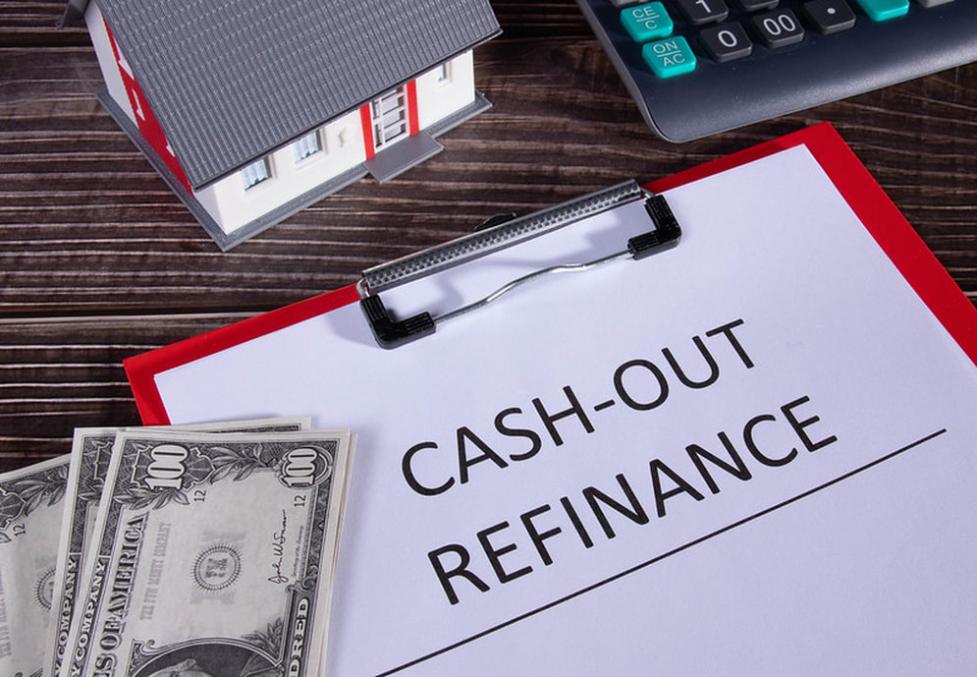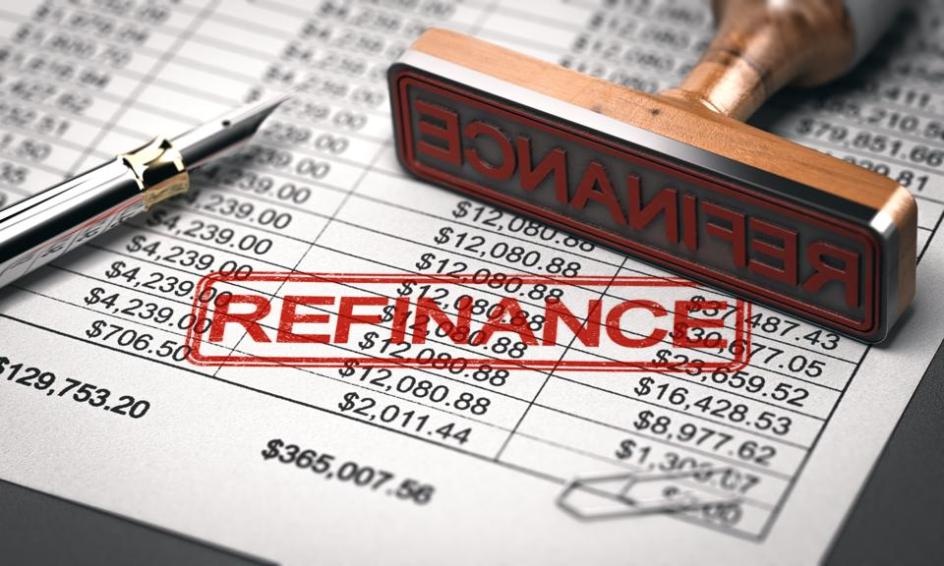Refinancing Your Mortgage: A Detailed Guide to Lowering Your Interest Rate and Monthly Payments
Are you a homeowner looking to save money on your monthly mortgage payments? Refinancing your mortgage could be the answer. Refinancing involves replacing your existing mortgage with a new one, typically with a lower interest rate and/or different terms. This can lead to significant savings over the life of your loan.

Benefits Of Refinancing
- Lower interest rates: Refinancing can help you secure a lower interest rate, which can result in lower monthly payments and significant savings over time.
- Reduced monthly payments: By lowering your interest rate, you can reduce your monthly mortgage payments, freeing up cash flow for other expenses or investments.
- Improved cash flow: Refinancing can improve your cash flow by reducing your monthly mortgage payments, allowing you to allocate more money towards other financial goals.
Common Reasons For Refinancing
- Improving financial stability: Refinancing can help you improve your financial stability by lowering your monthly payments and providing you with more financial flexibility.
- Consolidating debt: Refinancing can be used to consolidate multiple debts into a single, lower-interest mortgage, making it easier to manage your finances.
- Accessing home equity: Refinancing can allow you to access the equity you have built up in your home, which can be used for various purposes, such as home improvements, education expenses, or debt consolidation.
Understanding Your Current Mortgage
Before you can refinance your mortgage, it's important to understand the terms of your existing loan. This includes knowing your interest rate, loan amount, and remaining loan term. You can find this information on your mortgage statement or by contacting your lender.
Evaluating Your Refinancing Options
There are different types of refinancing loans available, each with its own benefits and drawbacks. The most common types include:
- Rate-and-term refinance: This type of refinance simply replaces your existing mortgage with a new one with a lower interest rate and/or different loan term.
- Cash-out refinance: This type of refinance allows you to borrow more money than you currently owe on your mortgage, with the difference being paid to you in cash. This can be useful for consolidating debt or funding home improvements.
- Home equity loan: A home equity loan is a second mortgage that allows you to borrow against the equity you have built up in your home. This can be used for various purposes, such as home improvements, education expenses, or debt consolidation.
Preparing For The Refinancing Process
Once you've decided to refinance your mortgage, you'll need to prepare the necessary documents. This typically includes:
- Proof of income, such as pay stubs or tax returns
- Bank statements
- Property appraisal
- Home insurance policy

You can obtain these documents from your employer, bank, and insurance company. You can also order a property appraisal from a qualified appraiser.
Comparing Loan Offers And Choosing A Lender
Once you've prepared your application, you'll need to shop around for the best interest rate and terms. You can do this by comparing loan offers from multiple lenders. When comparing offers, be sure to consider the following factors:
- Interest rate: The interest rate is the most important factor to consider when choosing a refinancing loan. A lower interest rate will result in lower monthly payments and significant savings over the life of your loan.
- Loan term: The loan term is the length of time you have to repay your loan. A shorter loan term will result in higher monthly payments but lower total interest paid. A longer loan term will result in lower monthly payments but higher total interest paid.
- Fees: Lenders typically charge various fees for refinancing a mortgage, such as application fees, origination fees, and closing costs. Be sure to compare these fees when choosing a lender.
Completing The Refinancing Process

Once you've chosen a lender, you'll need to complete the refinancing process. This typically involves the following steps:
- Appraisal: The lender will order an appraisal to determine the value of your home.
- Title search: The lender will conduct a title search to ensure that there are no liens or other claims against your property.
- Closing: Once the appraisal and title search are complete, you'll need to sign the new mortgage documents at a closing meeting. At the closing, you'll pay any remaining closing costs and receive the proceeds from your cash-out refinance (if applicable).
Managing Your New Mortgage
Once you've refinanced your mortgage, it's important to manage your new loan payments carefully. Here are a few tips:
- Make your payments on time: Making your mortgage payments on time is essential for maintaining a good credit score and avoiding late fees.
- Consider making extra payments: If you can afford it, making extra payments on your mortgage can help you pay down your loan faster and save money on interest.
- Refinance again if rates drop: Interest rates can change over time, so it's important to monitor rates and consider refinancing again if rates drop significantly.
Refinancing your mortgage can be a great way to save money on your monthly payments and improve your financial stability. However, it's important to carefully consider the benefits and drawbacks of refinancing before making a decision. If you're considering refinancing your mortgage, be sure to consult with a financial advisor or mortgage professional for personalized advice.
YesNo

Leave a Reply